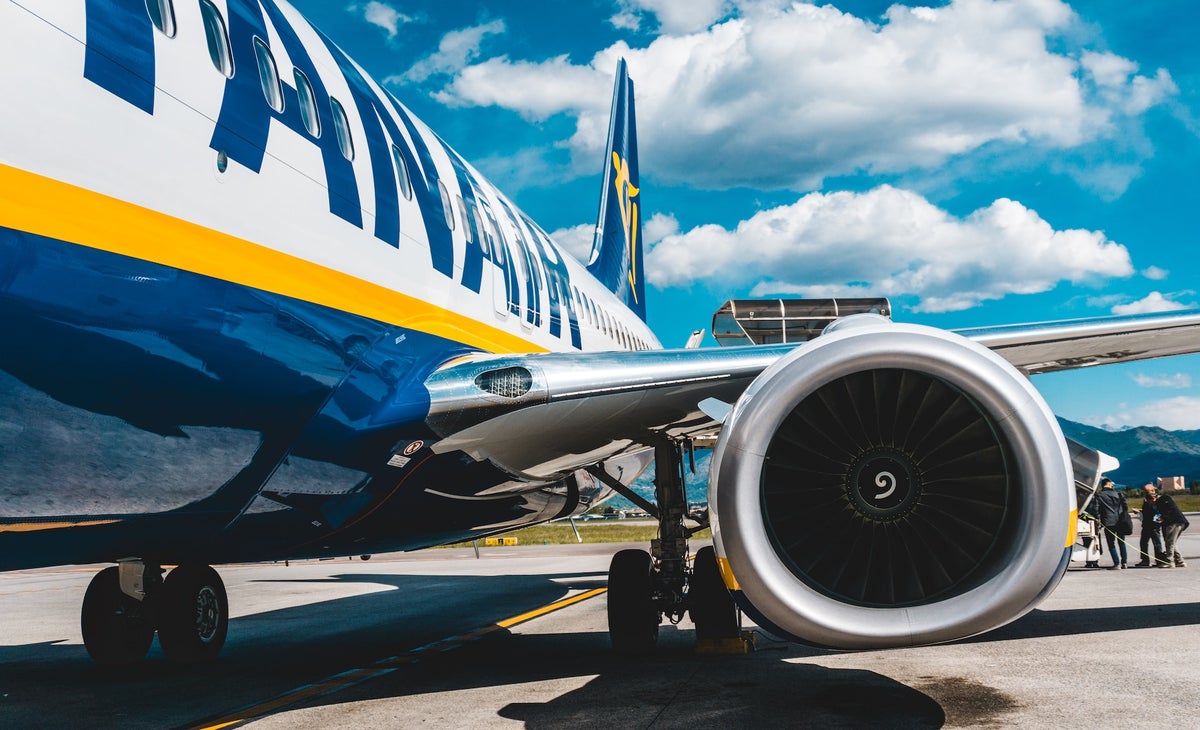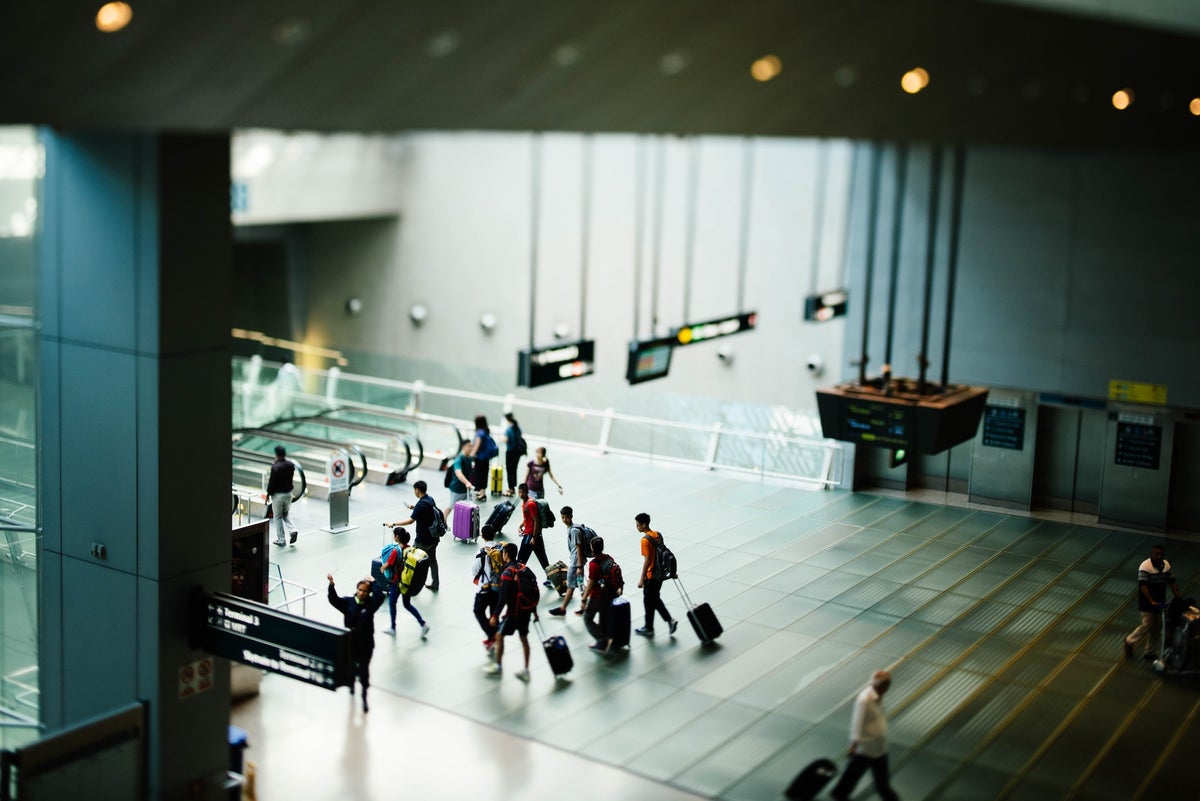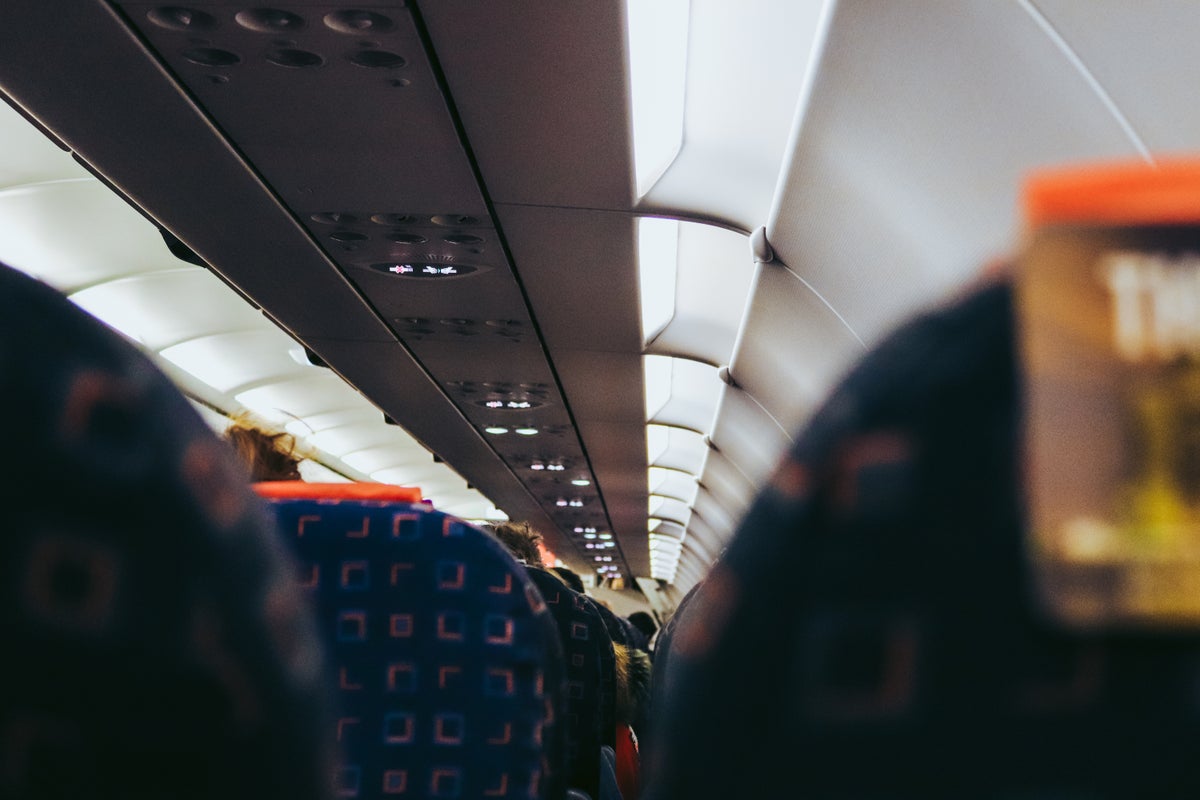Lori Zaino
Lori Zaino
Senior Content Contributor
104 Published Articles
Countries Visited: 58U.S. States Visited: 40
Lori is an intrepid traveler who loves creating itineraries that exude “luxe on a budget.” She’s written for CNN, NBC, The Infatuation, and more, and loves to muse about points-fueled trips to Sri Lan...
Edited by: Jessica Merritt
Jessica Merritt
Senior Editor & Content Contributor
177 Published Articles 748 Edited Articles
Countries Visited: 4U.S. States Visited: 23
A long-time points and miles student, Jessica is the former Personal Finance Managing Editor at U.S. News and World Report and is passionate about helping consumers fund their travels for as little ca...
& Keri Stooksbury
Keri Stooksbury
Editor-in-Chief
70 Published Articles 3693 Edited Articles
Countries Visited: 54U.S. States Visited: 28
Editing with Upgraded Points for over 6 years, as editor-in-chief, Keri manages the editorial calendar and oversees the efforts of the editing team and over 20 content contributors, reviewing thousand...
![12 Things To Know About Flying Low-Cost Airlines in Europe [2024]](https://upgradedpoints.com/wp-content/uploads/2023/08/EasyJet-plane.jpg?auto=webp&disable=upscale&width=1200)


